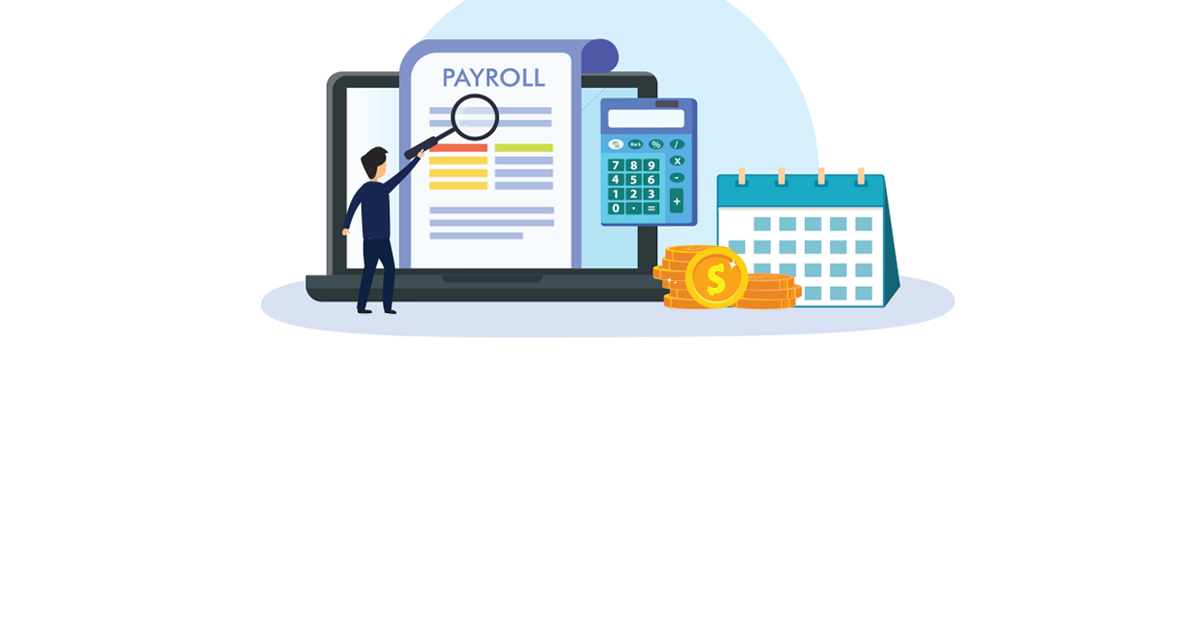It’s not uncommon for employees in their 30s and 40s to put off saving for retirement. These are the years when many employees are building careers, raising families, sending kids to college and caring for aging parents. However, that doesn’t mean they shouldn’t focus on their own financial future, too. So to help those late starters get back on track, we recommend following these strategies.
1. Estimate How Much You Need in Retirement
A ballpark figure is a good place to start, and a retirement calculator can help you determine how much you’ll need to have in place.
2. Examine Your Sources of Income
Once you have an idea of how much you’ll need for retirement, take a look at what you will have from income sources other than your savings. Do you or your spouse have a pension from a previous or current employer? What is your anticipated Social Security benefit? If you have a 401(k) plan, what is its expected value at the time you retire? It’s better to be conservative when estimating expected income.
3. Set Your Financial Goals
Now it’s time to set financial goals so you can reach the amount needed to make up the difference between your Social Security, pension and any other sources of retirement income.
4. Max Out Your 401(k)
If your employer offers a 401(k), participate in it (if you aren’t already) and max out the amount you can contribute by law. If you’re age 55 and older, take advantage of catch-up contributions, too. And, don’t forget about the employer matching contribution — that’s free money for your retirement.
5. Get a Roth IRA
If you make under the income thresholds, you can contribute to a Roth IRA in addition to your 401(k) plan. The contribution is not tax-deductible, but the earnings will be tax-free in retirement.
6. Don’t Be Conservative
At age 45 or 50, you still have several decades to build your retirement savings before you retire. This gives you time to grow and invest your money in carefully researched stocks or mutual funds.
7. Pay Off Debt
When you carry thousands of dollars in credit card balances and only pay the minimum payment each month, you’re giving any potential retirement savings directly to your credit card company in the form of interest. Instead, pay as much as you can on your credit card balance. Once you have them paid off, pay off the balance in full each month. And, instead of paying all that interest, divert the money you’re saving into your retirement fund.
8. Take on a Second Job
If you’re still worried about having enough money for retirement, think about working a second job and investing your earnings.
The older you are when you start seriously saving for retirement, the harder you’ll have to work at it, but it can be done and these strategies can help.



